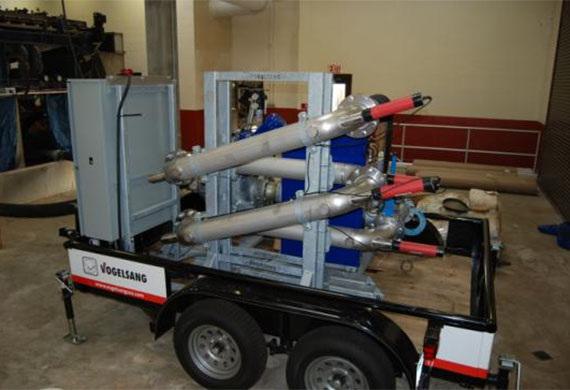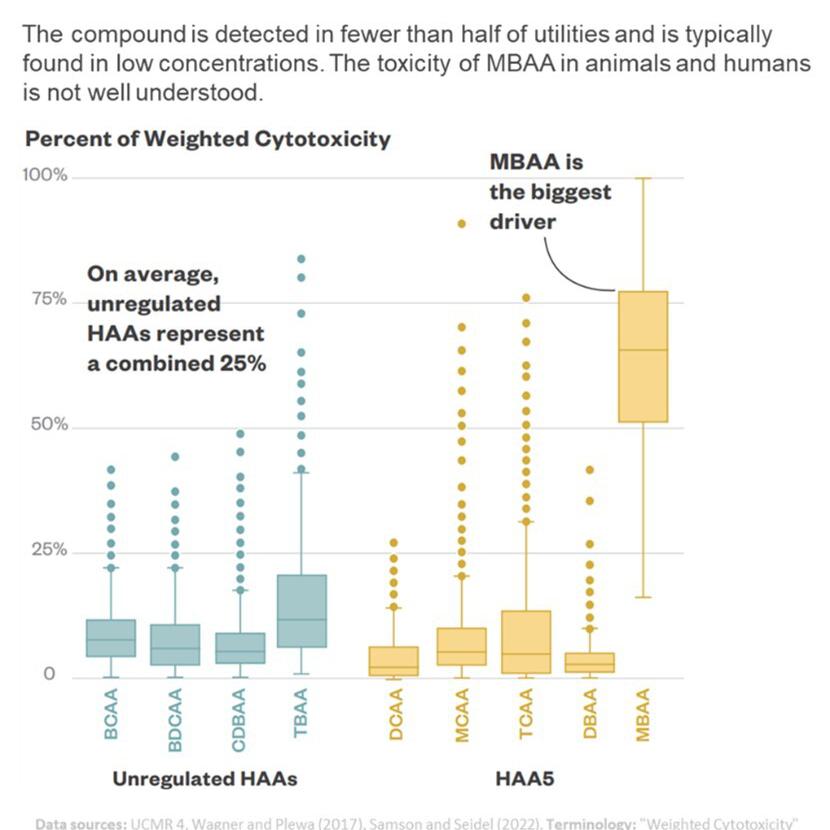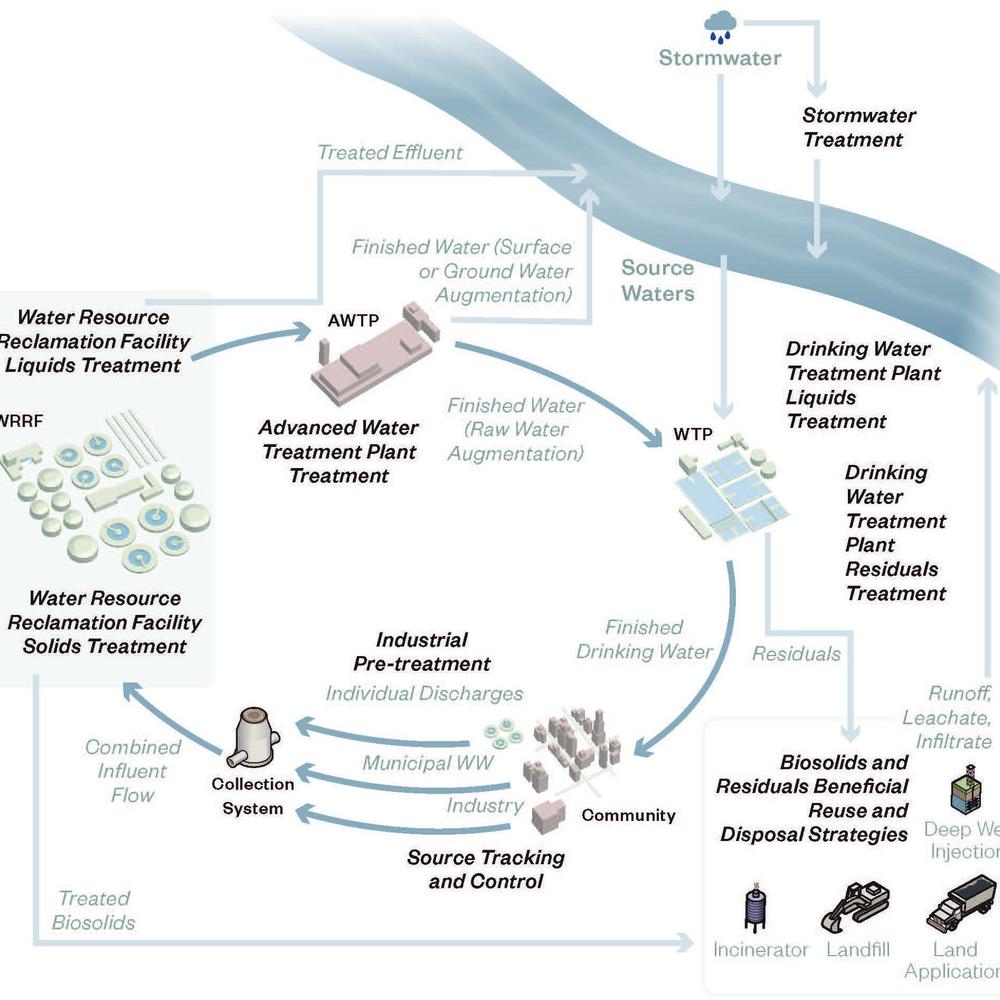WAS Pretreatment to Boost Volatile Solids Reduction and Digester Gas Production

Stabilized biosolids from the wastewater treatment process have three primary disposal alternatives; land application, landfilling, and incineration. Tightening regulations related to residuals incineration, reduced landfill capacity, and increasingly stringent nutrient management and control requirements for land application have led to increasing costs for biosolids disposal in each of the primary biosolids management avenues. Additionally, lower total nitrogen effluent limits are increasing the required liquid treatment activated sludge age which leads to a decrease in activated sludge degradability during final stabilization via digestion. In response to the rise in biosolids disposal cost and decreasing sludge degradability during digestion an increasing number of wastewater treatment plants are evaluating sludge minimization technologies to improve digester performance and reduce final post-stabilization biosolids mass.
Three biosolids minimization options include; minimizing activated sludge production by targeting the activated sludge process, increasing the bioavailability and degradability of waste activated sludge (WAS) through anaerobic digestion pretreatment, or enhanced anaerobic digestion such as temperature phased, thermophilic, or acid/gas phase digestion. WAS pretreatment may be the alternative of choice for many wastewater treatment plants (WWTPs) because WAS pretreatment systems can be retrofitted to an existing anaerobic digestion process with minimal change or interruption to the overall plant process. During the past decade a number of WAS pretreatment technologies have been developed to increase volatile solids destruction, increase biogas production, decrease the mass of stabilized biosolids, and increase the capacity of the anaerobic treatment process.
Multiple technologies will be discussed in the paper and presentation across the broad spectrum of WAS pretreatment technologies. Data from laboratory, pilot and full scale operations will be collected and consolidated into this paper which can then serve as a useful reference source for entities desiring to consider a full range of WAS pretreatment technologies. The paper will also report and discuss results from a recent electrokinetic disentegration WAS pretreatment pilot study at a 15.4 mgd WWTP in North Carolina.
The BioCrack® electrokinetic disintegration system utilizes a maceration step followed by a focused electric pulse. This pretreatment will cause floc disintegration and cell lysis and may result in an increase of volatile solids destruction and an increase in digester gas production during anaerobic digestion. The pilot study ran from September 2011 through the end of year. Data, provided by the pilot study, will include COD solubilisation, TSS disintegration, volatile solids destruction, and digester gas production with and without BioCrack® WAS pretreatment.











